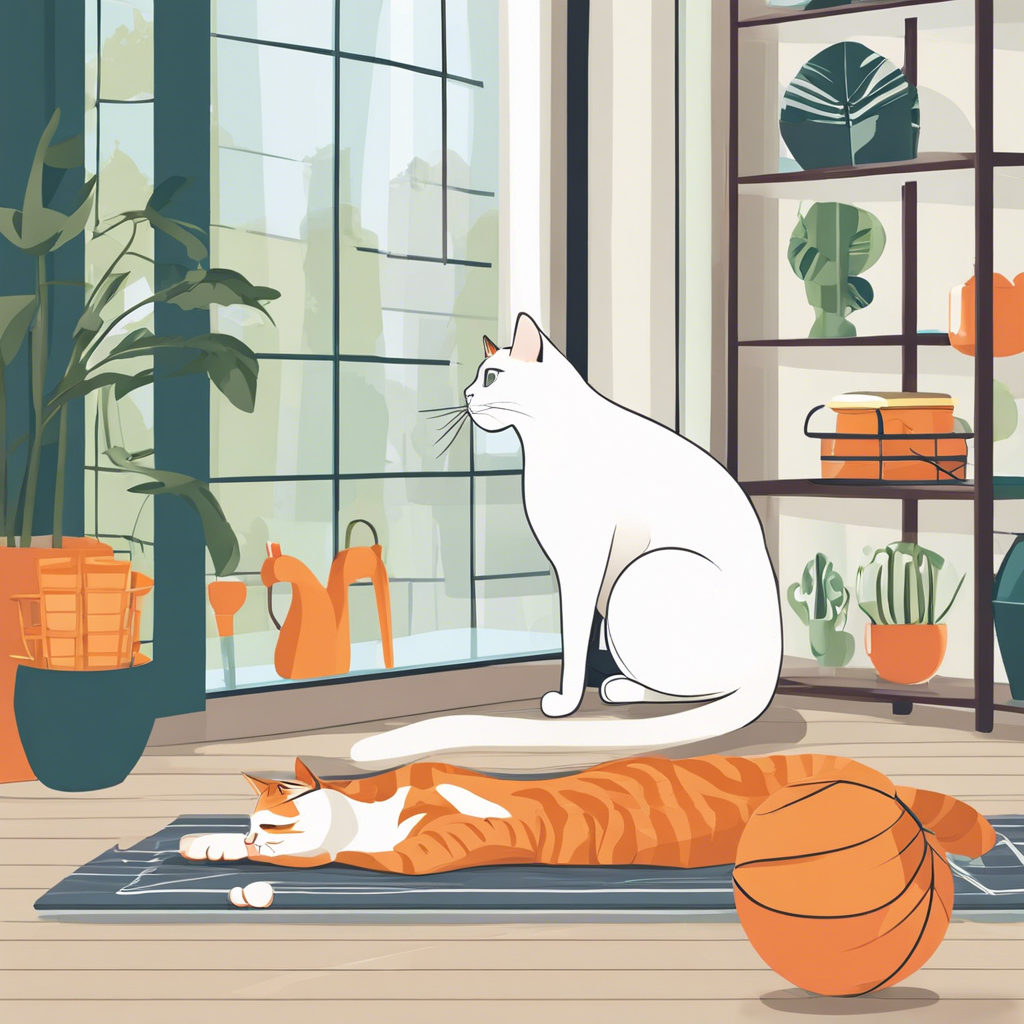As a cat parent, you know that your furry friend needs exercise to stay healthy and happy. But what if your cat spends most of their time indoors? Don’t worry – there are plenty of creative ways to ensure your indoor cat gets the mental and physical stimulation they need. Regular exercise not only helps keep their weight in check but also provides an outlet for their natural hunting instincts, ensuring they stay curious and engaged. Here are some fun and effective exercise ideas to try with your indoor cat.
First and foremost, encourage active playtime. Invest in a variety of cat toys that stimulate your cat’s natural hunting behaviors, such as feathery wand toys that mimic prey movement. Interactive play sessions of at least 15 minutes, twice a day, can make a big difference in your cat’s fitness levels and overall well-being. Be sure to rotate their toys regularly to keep things interesting!
Create an enriching environment that invites your cat to explore and climb. Cat trees and wall-mounted shelves at different heights encourage jumping and climbing, providing excellent aerobic exercise. Place these structures near windows so your cat can survey their domain and soak up some sunshine. Catios (cat patios) are also a fantastic way to offer your indoor cat a safe outdoor experience, letting them breathe fresh air while watching birds and taking in the sights and sounds of nature.
Consider investing in a cat wheel, a new twist on the traditional hamster wheel. Cat wheels allow your feline friend to run and walk at their leisure, providing an excellent outlet for expending energy, especially if your cat tends to be more inactive during the day. Start by introducing your cat to the wheel slowly, rewarding them with treats and praise as they familiarize themselves with this unique exercise machine.
Food puzzles and treat-dispensing toys are another great way to engage your cat, providing both mental and physical stimulation. These puzzles encourage your cat to work for their food, replicating the challenge of hunting in the wild. Start with simpler puzzles and gradually increase the complexity as your cat becomes more adept at solving them. Not only will your cat enjoy the mental challenge, but they’ll also benefit from the added physical activity.
If your cat enjoys the company of other felines, arranging playdates can be a great way to encourage exercise. Supervised interactions with compatible cats can provide your pet with the opportunity to run, chase, and wrestle, releasing energy and strengthening their social skills. Just be sure to introduce cats to each other slowly and provide plenty of hiding spots and escape routes to ensure a positive experience for all involved.
Taking your cat for a walk on a harness and leash can offer a change of scenery and a chance to explore the great outdoors safely. Start leash training your cat indoors, rewarding them with treats as they get comfortable wearing the harness. Gradually move outdoors, starting with quiet areas of your yard or neighborhood to avoid overstimulating your cat. Walking provides a great opportunity for your cat to experience new sights, sounds, and smells while getting some light to moderate exercise.
For a more high-tech solution, there are various automated cat toys available that can keep your indoor cat entertained for hours. These toys can simulate prey movement, encouraging your cat to chase, pounce, and run. Many of these toys have adjustable settings, allowing you to change the speed and unpredictability of the movement to keep your cat on their toes. Automated laser pointers are another fun option to get your cat moving, but be sure to also provide physical toys they can actually catch to avoid frustration.
Don’t underestimate the power of a good old-fashioned game of hide-and-seek! Hide somewhere in your house and call your cat’s name, rewarding them with treats and praise when they find you. Not only does this provide physical exercise as they search for you, but it also offers a mental challenge that keeps their brains active and engaged. You can even hide some of their favorite treats or toys for them to discover, making the game even more enticing.
Finally, get creative with DIY toys and obstacles. For example, crumple up pieces of paper and hide treats inside, encouraging your cat to forage for their snacks. You can also create an indoor agility course with household items, such as pillows for them to weave through or cardboard boxes for them to jump over. The possibilities are endless, and your cat will love the variety and challenge that these homemade obstacles provide.
Remember, indoor cats still have the same instincts and energy as their outdoor counterparts. By providing them with a variety of exercise options, you can ensure they stay healthy, happy, and entertained. Incorporate a few of these ideas into your cat’s daily routine, and you’ll be well on your way to raising a fit and fulfilled feline companion.
